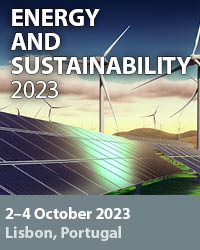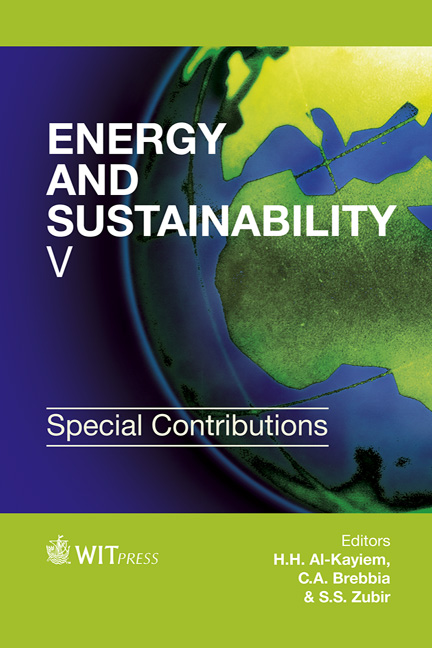Thickening Carbon Dioxide With Amphiphilic Block Copolymer
Price
Free (open access)
Transaction
Volume
206
Pages
8
Page Range
175 - 182
Published
2015
Size
593 kb
Paper DOI
10.2495/ESS140151
Copyright
WIT Press
Author(s)
J. Zhang, L. Q. Rao, S. W. Meng, G. W. Lu, R. Zhang, W. S. Yu, Q. Yang
Abstract
Liquid carbon dioxide has been previously used successfully in the petroleum industry, such as in enhanced oil recovery (EOR) and fracturing. The application of liquid carbon dioxide in wells not only effectively enhances the oil recovery but also considerably reduces greenhouse gas emissions. The application shortcomings of carbon dioxide is its extremely low viscosity. In 2000, Huang et al. found that amphiphilic fluorinated acrylate (PHFDA)/styrene (PSt)/sulfonated styrene (S) copolymers can enhance the viscosity of carbon dioxide over 100-fold at concentrations of about 5 wt%. To further improve the efficiency, optimize the proportion of PHFDA, PSt and S. The simulation results showed that on the premise of a reasonable solubility, a higher percentage of S lead to a higher viscosity. Next, to determine the optimal composition of this copolymer, we tested its solubility. Results showed that when using diesel as a co-solvent, the optimal composition of this copolymer is 60%PHFDA-24%PSt-16%S. Further experimental tests showed that this improved copolymer can increase the solution viscosity 100-fold relative to neat carbon dioxide at 273K and 28 Mpa with a concentration of 1 wt%.
Keywords
carbon dioxide, viscosity, dissipative particle dynamics, fracturing





